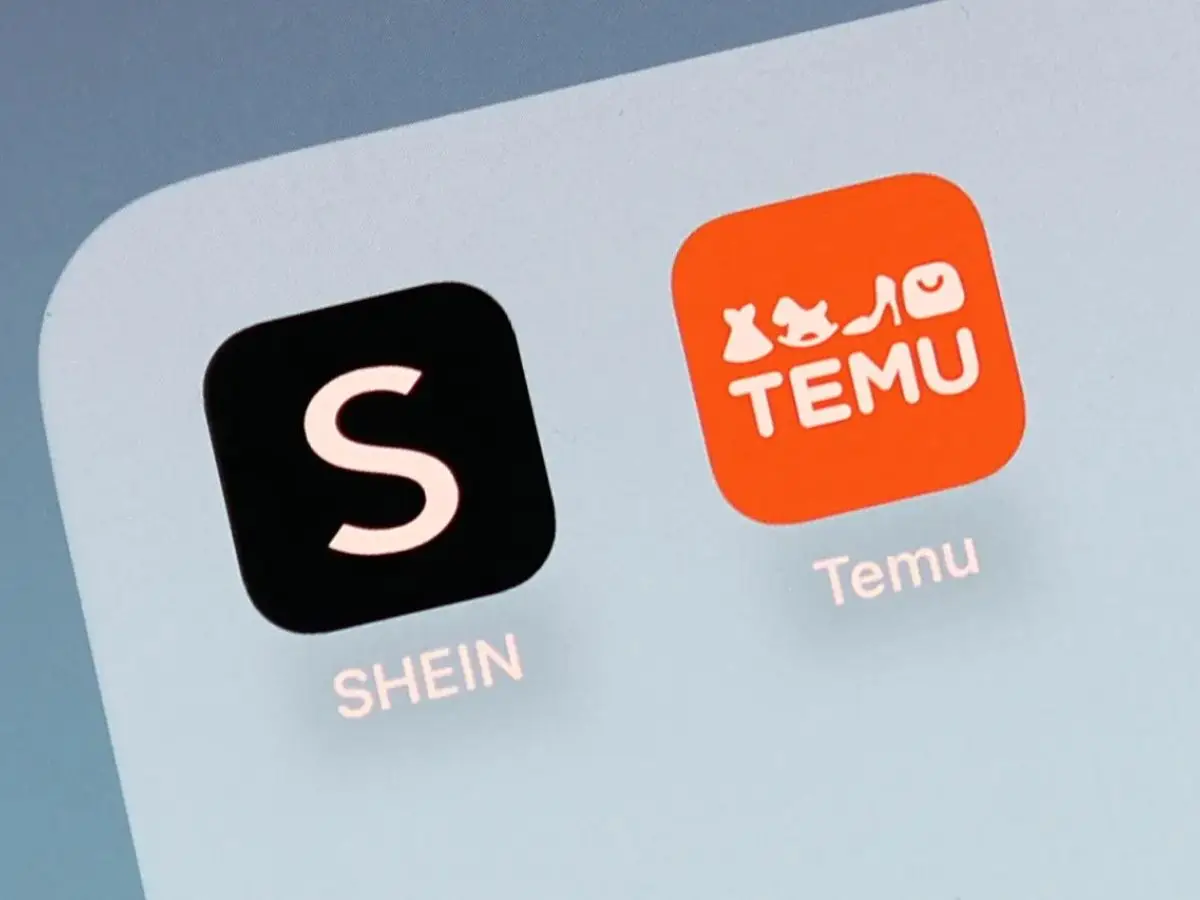The tech world is abuzz as Microsoft, a beacon of innovation and stability, announces it will lay off 3% of its global workforce, or approximately 7,000 employees.
For a company that recently reported record revenues and is leading the charge in artificial intelligence, this move raises questions about why now and what it means for Microsoft’s future and the broader tech landscape.
Why is Microsoft cutting jobs now?
Despite a 13% year-over-year revenue jump and Azure cloud revenues soaring by 33%, Microsoft is making its largest headcount reduction in more than two years.
The layoffs are not tied to individual performance; instead, they reflect a strategic push to streamline management layers and adapt to a rapidly evolving marketplace.
As Microsoft pivots toward AI and cloud computing, the company is reallocating resources to fuel these high-growth areas while trimming roles that don’t directly contribute to its new priorities.
“We are making organizational changes to best position the company for success in a dynamic marketplace,” a Microsoft spokesperson confirmed.
This move isn’t unique to Microsoft. Industry peers like Google and Amazon have also trimmed middle management and shifted focus to technical talent, particularly in AI and engineering.

The Layoff Breakdown: Who’s Affected?
The cuts span all levels, teams, and geographies, but there’s a clear emphasis on reducing management layers and roles that don’t directly build products or services. According to insiders, Microsoft is targeting
- Middle managers, to “flatten” the organization and boost agility
- Employees with consecutive years of lower performance ratings
- Roles not directly tied to engineering or AI innovation
This approach is driven by a desire to increase the “builder ratio”-the number of engineers per manager. Microsoft aims to move from about 5.5 engineers per project manager to 10:1, a significant shift that echoes Amazon’s operational model.
Microsoft Layoff Trends (2023–2025)
| Year | Approx. Jobs Cut | Focus Area | Rationale |
|---|---|---|---|
| 2023 | 10,000 | Broad | Post-Activision, efficiency |
| 2024 | 3,000 | Performance-based | Streamlining, performance |
| 2025 | 7,000 (3%) | Org-wide | AI focus, flattening management |
Key Insights: Beyond the Headlines
1. AI Is Reshaping Microsoft’s Workforce
Nearly half of Microsoft’s recent cloud growth comes from AI-related workloads. As the company invests billions in AI, it’s prioritizing talent that can build, deploy, and support these systems.
This means coders, data scientists, and cloud engineers are in high demand, while traditional management roles are being reduced.
2. Layoffs Aren’t Just About Cost-Cutting
While reducing costs is a factor, the primary goal is organizational agility. By flattening management, Microsoft hopes to speed up decision-making and foster a culture where technical contributors have more influence.

3. The Human Impact
For affected employees, the news is deeply unsettling. Layoffs create uncertainty, especially in a sector that, until recently, was seen as a safe haven.
Microsoft is offering severance packages and, in some cases, support for upskilling or transitioning to new roles. Still, the emotional toll and loss of institutional knowledge are real concerns, both for those leaving and those who remain.
4. What This Means for Customers
Changes in support and engineering teams can affect product roadmaps and customer service.
Enterprises relying on Microsoft for mission-critical workloads may notice shifts in support quality or escalation processes as institutional knowledge departs with outgoing managers.
Final words
Microsoft’s decision to lay off 3% of its workforce is more than a cost-cutting measure; it’s a strategic recalibration for the AI era.
While the move is tough for those affected, it underscores the company’s commitment to staying competitive and innovative in a fast-changing industry.
As AI and cloud computing reshape the tech landscape, Microsoft’s workforce-and its culture-will look very different in the years ahead.
How do you see Microsoft’s layoffs affecting the future of work in tech? Have you experienced similar changes in your organization?






